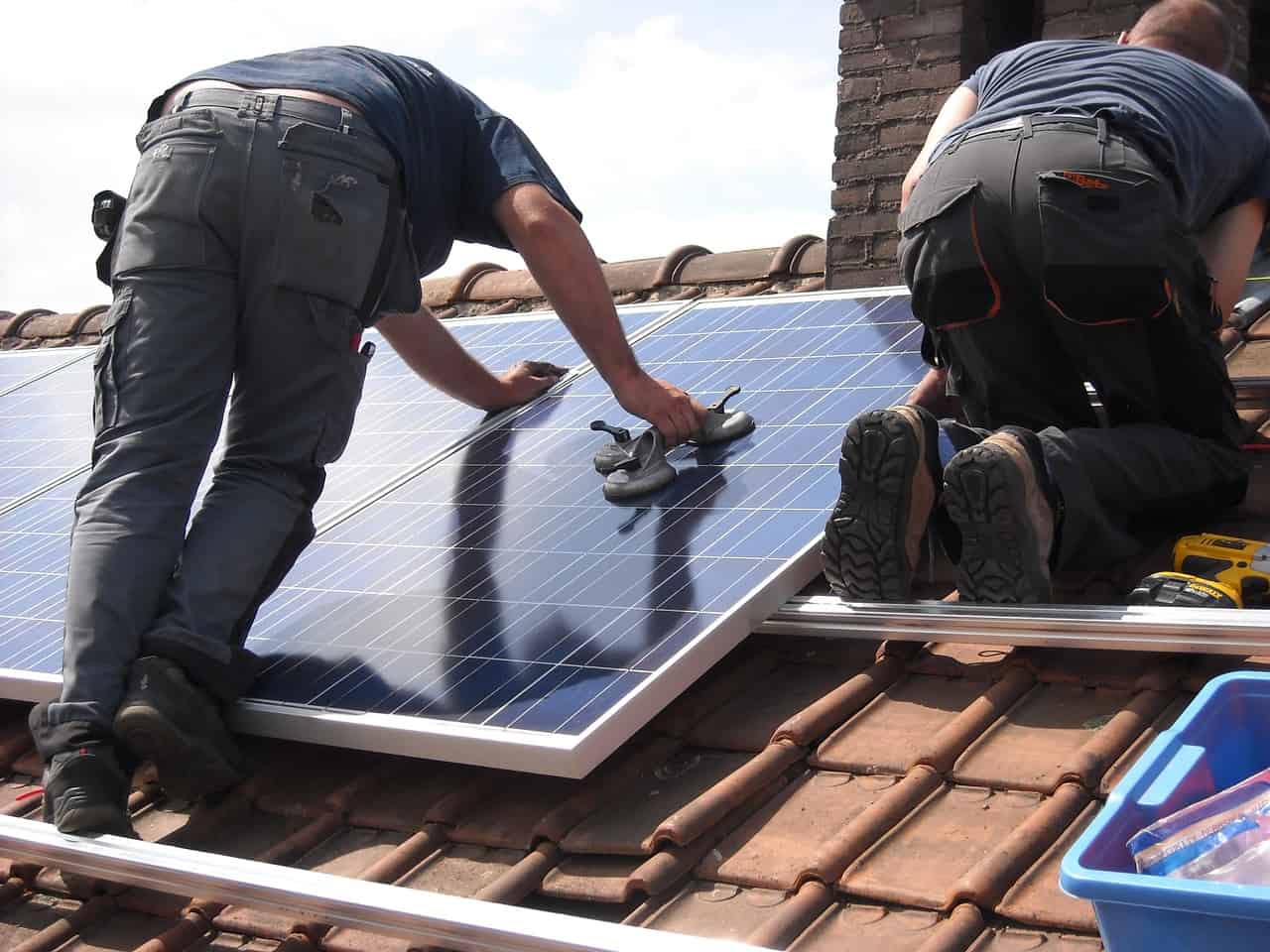
During the May holidays, I took a practical course in tree care. I am now the proud holder of the European Tree Worker basic certificate. My four fellow course members formed a delightfully diverse group. Where else would you find a minister, an architect, a volunteer miller who is looking for a mill to run professionally (if you have any tips?), a very young contract worker and a self-employed person in solar panels? Who all spent a few days working together to deepen their knowledge of the finer points of cultivating trees. It shows that greening is very much alive. Nowadays, these kinds of learning centres are springing up like mushrooms. As it turned out, we all dreamed of working preferably in our own forest or at least in somewhere outdoors in nature.
Improved soil quality, more biodiversity
So do I, of course. My interest in learning more about wood production stems from the renewed interest in one of the oldest building materials in the world. Wood production relates to so many things that we want to change. Trees store CO2, do not disrupt the soil but actually help to foster a higher quality of soil, more biodiversity, make landscapes more beautiful and bind particulate matter.
Plus think about all the things you can do with wood using the technology of today. Just look at the wonderful bio-based Natural Pavilion at the Floriade Expo 2022; completely prefabricated, quick to build, circular, modular with a very pleasant indoor climate.
Furthermore, wood is relatively light, so you can easily add a flexible layer of construction to a city. This means they can be disassembled and relocated, just like the windmills in the olden days. Which means they can be adapted to, for example, the ageing population and other unforeseen future developments.
The ambitions for timber construction in the Netherlands are considerable. Primarily with prestige projects so far, such as Haut in Amsterdam and the Dutch Mountains in Eindhoven, to name a few. Not to mention the rest of the world. The stalwart 85.4 meter wooden Mjøsa Tower has been gracing the majestic Norwegian landscape for some time now and recently Perth scored points with a bold new building with an impressive height of 183 meters. It is – for the moment – the tallest hybrid wooden structure under development in the world. Once finished, the design will be made open source so that anyone can build it or modify the design to suit their needs – in a bid to help scale up timber construction. However, if the widely supported goal is to succeed and we can eventually build a substantial proportion of all new buildings with timber, then wood should preferably be readily available locally.
Forestry pays off
That starts with research. In principle, forestry in the Netherlands is profitable, but it can be so much more innovative. More and more investors are saying they want to pursue long-term goals. With forestry, you really can make that happen, because that’s exactly what will make you money in the long run. Good landscapes with productive forests also serve a broader economic interest.
The question is not so much what we want, but more importantly how do we make our economy conducive to it.
About this column
In a weekly column, alternately written by Eveline van Zeeland, Derek jan Fikkers, Eugene Franken, Katleen Gabriels, PG Kroeger, Carina Weijma, Bernd Maier-Leppla, Willemijn Brouwer and Colinda de Beer, Innovation Origins tries to figure out what the future will look like. These columnists, sometimes joined by guest bloggers, are all working in their own way to find solutions to the problems of our time. So tomorrow will be good. Here are all the previous articles.








